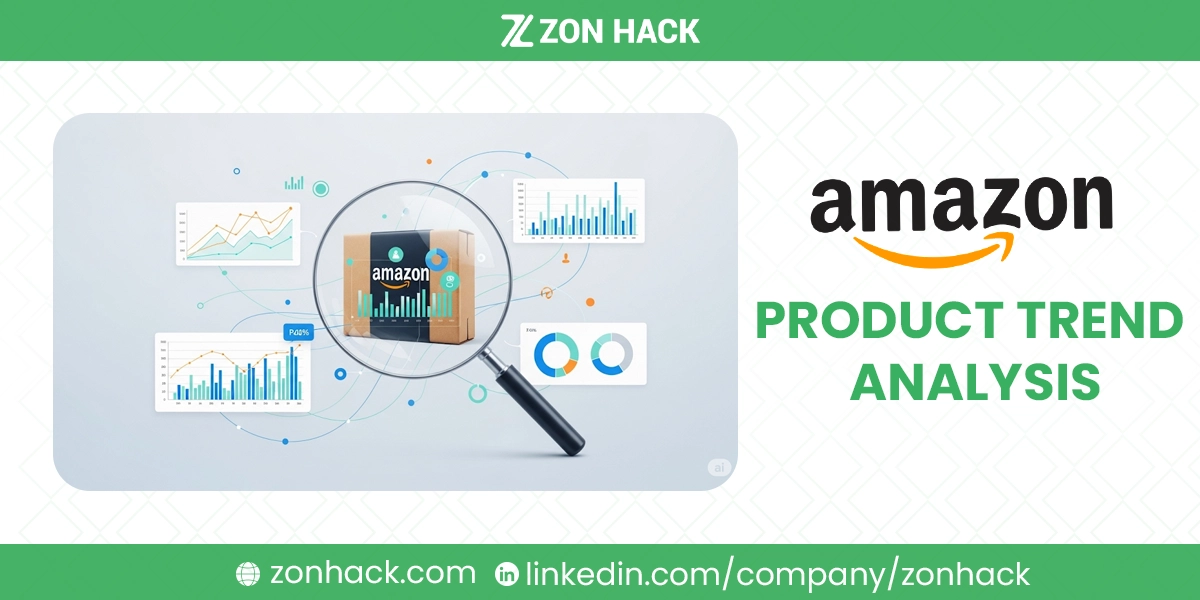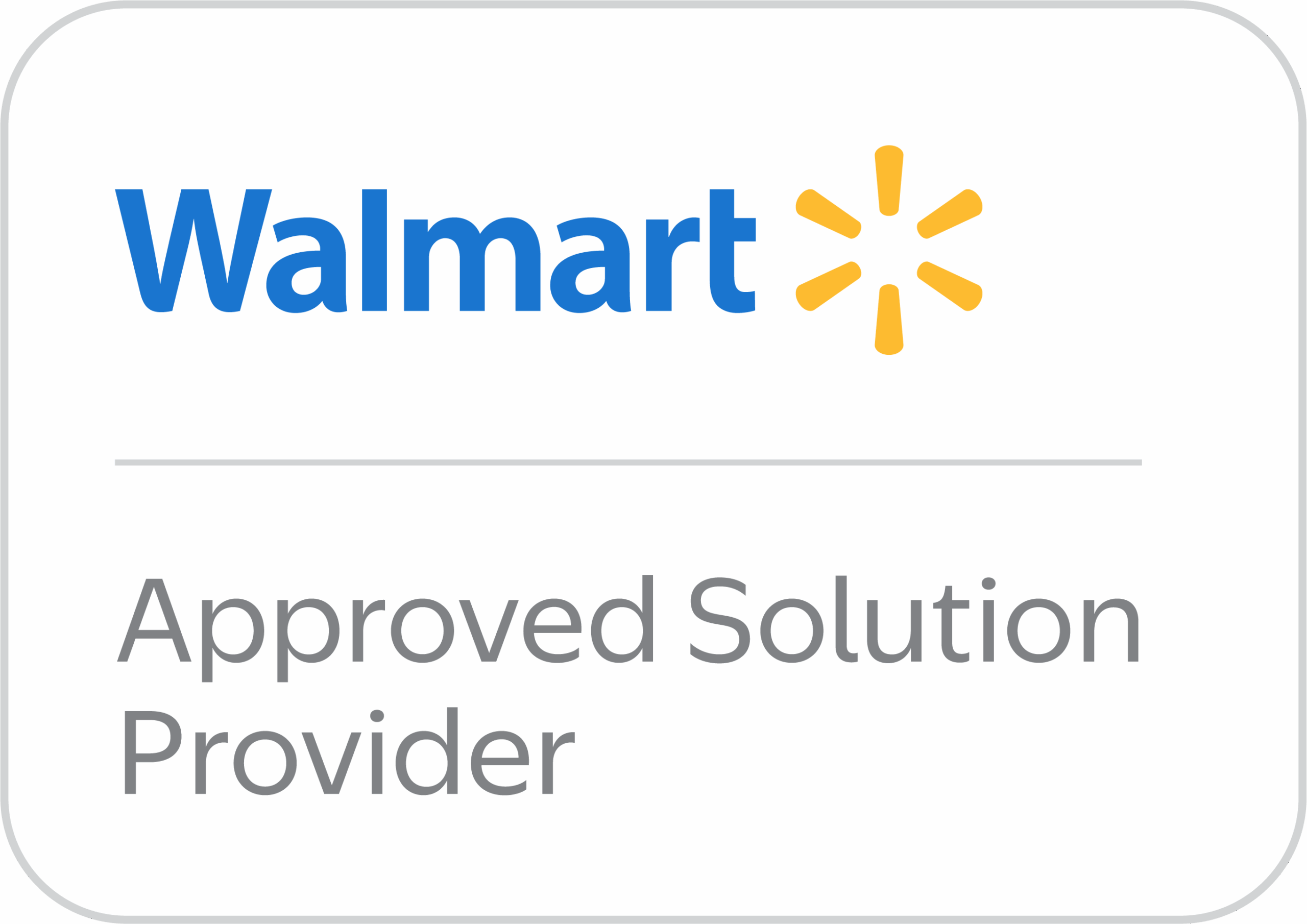Finding the right product to sell on Amazon isn’t about luck. It’s about knowing where to look, what numbers matter, and how to read between the lines. The platform is huge, with millions of products competing for attention, so spotting a winning trend early can give you a serious edge.
By understanding how to analyze trends, you can spot a winning product before everyone else does. I am not talking about following what is already popular. I am talking about discovering a product that is just starting to take off or finding a gap in the market that a lot of people have been missing. It’s about making a smart, informed decision that will save you time, money, and a lot of headaches in the long run. Let’s dig in and learn how to do this.
Start with Manual Research (The “Free” Method)
Before you spend a single penny on fancy software, you can learn so much just by using Amazon itself. Think of it as a treasure map, and you have the key. You just need to know where to look and what to pay attention to.
Amazon’s Best Sellers List
This is the most basic way to see what is selling well. I love to explore the top 100 products in different categories and subcategories. This gives me a great snapshot of what is currently popular and can spark a lot of ideas. I look at the big categories first, like Home & Kitchen or Sports & Outdoors, and then drill down into the smaller subcategories to find more specific products.
Movers & Shakers
This list is more dynamic and shows the products that have made the biggest gains in sales rank over the past 24 hours. It is an amazing way to spot emerging trends before they become mainstream. For example, you might see a specific type of pet toy or a new kitchen gadget suddenly shooting up the charts. This often signals a trend that is just starting to grow, and you can get in on it early.
Hot New Releases
This list highlights the best-selling new products. It is excellent for identifying new product innovations and niches that might be underserved. I like to check this list regularly to see what new ideas and product types are being introduced to the market. It shows me what new products customers are excited about and what ideas are gaining traction.
Most Wished For
This list reveals what customers are adding to their wish lists. It can give me a peek into future demand. Products on this list might not be selling huge numbers yet, but they are clearly on people’s minds. It is a good indicator of what people want but might not be ready to buy just yet, which can present a future opportunity.
The Amazon Search Bar
This is a simple but powerful trick. I start typing a keyword into the search bar, and Amazon’s autocomplete suggests what people are actively searching for. For example, if I type “yoga mat,” I might see suggestions like “yoga mat with alignment lines” or “yoga mat bag.” These suggestions are based on real customer searches and can help me uncover long-tail keywords and specific product variations that are in high demand.
Customer Reviews
This is a goldmine for product analysis. I read both positive and negative reviews on top-selling products. What do customers love? What are their complaints? This information is pure gold. It can reveal product gaps, pain points you can solve, and ideas for a better-differentiated product. For example, if a popular product has a lot of reviews complaining about poor durability, you could source a more durable version and market it as the improved solution.
Use Product Research Tools for Data Insights
While manual research is a good starting point, paid tools provide a level of data accuracy and efficiency that is essential for serious sellers. They pull historical sales data, search volume, and competitor metrics to help me make data-driven decisions.
Popular tools include:
- Helium 10: This is an all-in-one suite with a wide range of tools. I love using “Black Box” to find product ideas based on specific criteria, like price and monthly revenue. “Cerebro” is a fantastic tool for reverse-engineering competitor keywords. I can simply enter a competitor’s ASIN and see all the keywords they are ranking for.
- Jungle Scout: Known for its “Opportunity Finder” and “Product Tracker,” which help me find high-demand, low-competition niches and monitor a product’s performance over time. The Product Tracker is especially useful for keeping an eye on a potential product to see if its sales are consistent before I commit to it.
- AMZScout: This tool provides a product database and a Chrome extension to quickly analyze a product’s viability, estimated sales, and profitability right on the Amazon page. It is a quick and easy way to get a lot of information in one place.
- Keepa: This is a must-have for tracking historical pricing, sales rank, and Buy Box data for any product on Amazon. It helps me see if a product has consistent demand or if it’s just a seasonal trend. I can spot a product that looks good today but was a dud last month.
Key Metrics to Analyze
When using these tools, I focus on these critical data points to determine a product’s viability. I do not just look at one number; I look at all of them together to get the full picture.
Sales Rank (BSR)
A product’s Best Seller Rank is a strong indicator of its sales volume. A lower number means more sales. When I am doing research, I look for products with a consistently low BSR, especially in their main category. A product that stays in the top 1% of its category is a strong candidate. It tells me that there is steady demand for it.
Estimated Monthly Sales/Revenue
This metric gives me a tangible idea of a product’s demand. I look for niches with a healthy number of sales and revenue to ensure there is enough demand to support a new seller. I want a product that is selling at least a few hundred units a month. That way, I know there is a real market for it.
Competition (Number of Reviews and Sellers)
I always check the competition. A low review count on the top-selling products in a niche can indicate lower competition. If the top sellers have thousands of reviews, it may be very difficult to break into that market. I also check the number of FBA sellers on a listing. If there are a lot of sellers, it could mean a price war is likely.
Price and Profitability
This is where the rubber meets the road. I analyze the average selling price and use a profitability calculator to estimate my potential profit margin. I always factor in all costs, including product sourcing, shipping, Amazon fees (FBA and referral fees), and advertising. A healthy profit margin is typically 20-30% or more. If a product doesn’t have a good profit margin, I move on.
Keyword Search Volume
High search volume for a specific keyword indicates strong customer interest. I use tools to see what keywords customers are searching for and if there is a consistent search trend. I want to make sure people are actively looking for the product I am considering.
Seasonality
I use tools like Google Trends and the historical data in Amazon research tools to determine if a product is a consistent, year-round seller or if its demand spikes during specific times of the year. I prefer to sell products that are in demand all year round to keep the cash flow steady.
Look Beyond the Data
Numbers are important, but I never forget the human element. The data can tell you what is selling, but it doesn’t tell you why. That’s where I come in with my creative thinking.
Product Improvement
I always look for ways to create a better product. Can I offer a higher quality version, a different color or size, or a bundle with a complementary item? If I can solve a problem that customers are complaining about in reviews, I know I have a winner.
Brand and Marketing
I think about the brand. Can I create a unique brand story and listing that stands out? High-quality photos, A+ content, and a strong brand can justify a higher price and attract loyal customers. People are willing to pay more for a brand they trust.
Niche Opportunities
Instead of targeting broad, competitive categories like “kitchen utensils,” I look for a more specific niche like “bamboo cooking spoons for nonstick pans.” This can give me a better chance to rank and gain market share. It is easier to be a big fish in a small pond than a tiny fish in the ocean.
FAQ About Amazon Product Trend Analysis
What is a good price range for a product to sell on Amazon?
I generally look for products in the $20 to $50 range. This is often the sweet spot. It is not too expensive for customers, which can make them hesitate, and it is not too cheap, which can make it hard to make a decent profit after all the fees.
How long does it take to find a good product?
It can take a lot of time. Honestly, it might take a few weeks or even months of consistent research. It is not a quick fix. You have to be patient and diligent. The goal is to find a truly great product, and that is not always easy.
Is it a good idea to sell a seasonal product?
I would advise new sellers to stay away from seasonal products at first. They can be very profitable for a short time, but the rest of the year, they do not sell. This makes inventory management and cash flow a real headache. It is much better to find a product with consistent, year-round demand.
Conclusion
Amazon product trend analysis is part art, part science. The art comes from spotting patterns, understanding customers, and finding ways to stand out. The science comes from using data, analyzing metrics, and making decisions based on facts, not guesses.
If you start with Amazon’s free resources and gradually move into paid tools, you’ll build a solid process for finding profitable products. Remember, it’s not just about chasing what’s hot—it’s about finding sustainable opportunities that fit your brand.




